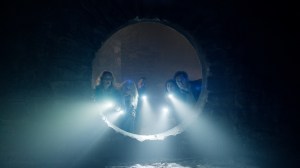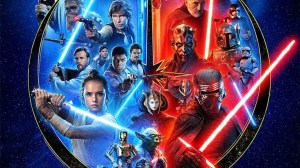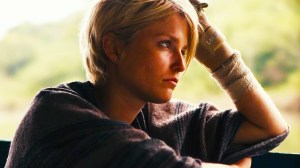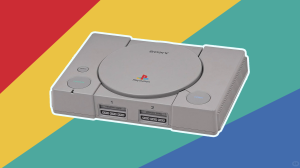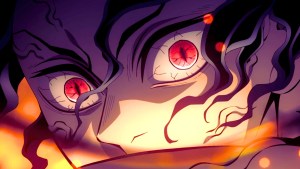An underrated joy of new hardware is seeing older games in a new light, a feeling PC players know all too well. Console players recently got in on this action with the PS5 and Xbox Series X|S since many last-gen games ran or were updated to run much better on the freshly released systems. The Switch 2 is getting in on this trend, too, but it’s not as enticing as it should be, as Nintendo is sadly slapping a fee on a lot of these powered-up ports up ports. And it is, in many cases, failing to make a compelling case for the upcharge.
Videos by ComicBook.com
Even though it is gross to charge for the Hogwarts Legacy Switch 2 upgrade given the messy Switch port from 2023, The Legend of Zelda: Breath of the Wild and Tears of the Kingdom are two of the most egregious first-party examples of this poor trend. Both of these genre-defining classics demonstrated how well a game could look on relatively dated hardware and were always among the Switch’s best and most expansive games. Their vibrant open worlds put many Switch games to shame, especially the most recent Pokemon games.
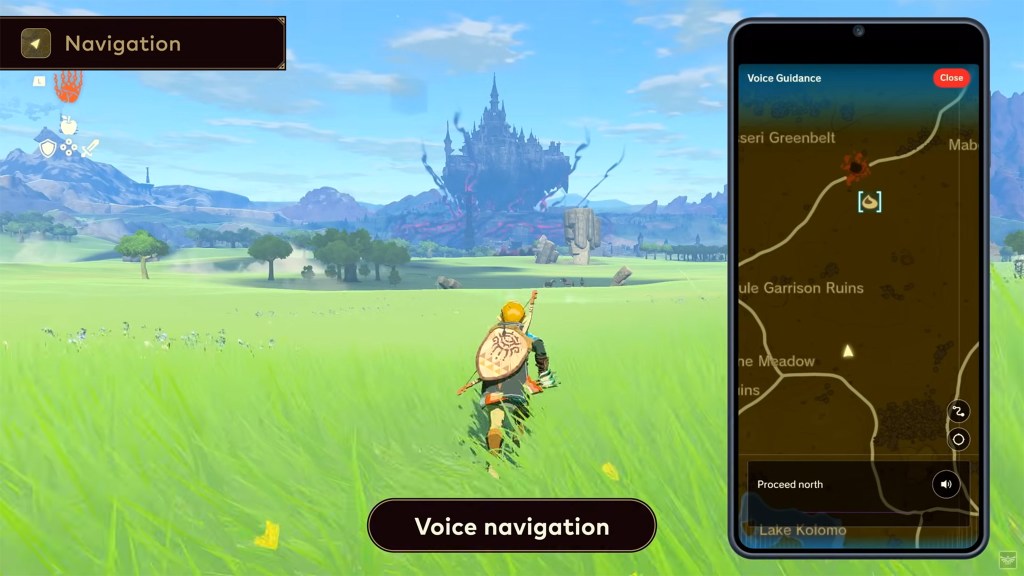
RELATED: Nintendo Is the Wrong Publisher to Begin the $80+ Games Trend
On paper, the Switch 2 upgrades for both games offer very little of value to those who are willing to plunk down the undisclosed sum for the upgrade. HDR support, a nebulously higher frame rate and resolution, faster load times, the Zelda Notes app, and other various little bits and bobs are all features more relegated to free updates over a paid one. The voiced navigation (through the mobile Switch app, no less) is particularly befuddling since it seems to go against the freeform nature of the exploration inherent in both titles. Both games also already have maps and mini-maps! The Zelda series has had a history with Master Quest upgrades with meaningful additions, so these sorts of minuscule features that seem desperately cobbled together to halfway justify a premium price tag are even more disappointing.
The Metroid Prime 4 and Pokemon Legends: Z-A upgrades are slightly different since those games are coming out after the Switch 2 launch. It’s natural that those titles would have native Switch 2 versions that look and run better. But it’s highly unlikely Nintendo will bundle both generations together and emulate the Smart Delivery strategy that Xbox had near the Xbox Series X|S launch that simplified everything and didn’t punish those who didn’t immediately upgrade.
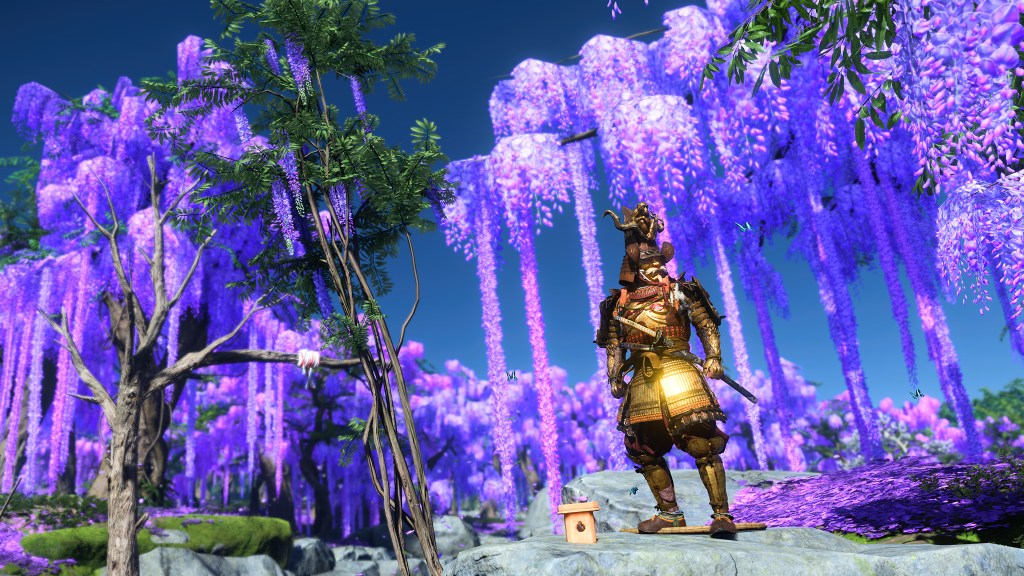
Xbox and PlayStation both handled this transition more cleanly with their first-party games. In addition to Smart Delivery, Xbox’s FPS Boost program automatically upgraded the frame rate to many of its biggest titles, like six Gears of War games, Halo Wars 2, Prey, and two Dishonored titles. Other games like Sea of Thieves, Forza Horizon 4, Halo: The Master Chief Collection, Gears 5, Gears Tactics, State of Decay 2, and Ori and the Will of the Wisps, to name a few, got free updates with all the frame rate and resolution bumps a new console owner could ask for.
Sony’s approach was a little more scattered thanks to its lack of a cohesive Smart Delivery parallel, but it still delivered PS5-ready patches for its biggest PS4 games. Ghost of Tsushima, The Last of Us Part 2, God of War, Horizon Zero Dawn, Ratchet & Clank, Dreams, Blood & Truth, and Days Gone all were blessed with free updates that made those PS4 games run and look much better. Marvel’s Spider-Man is the one of the premium launch-era exceptions that showed how Sony was otherwise rather open to rewarding loyal players for no extra cost.
Some PS5 upgrades have cost extra cash, but they, with one notable exception, demonstrated how to effectively charge for enhanced ports. The director’s cuts of Ghost of Tsushima and Death Stranding, as well as the remasters for The Last of Us Part 2 and Days Gone, all came with the tech improvements a PS5 boost should have, but they were also included with substantial amounts of new content. While the jury is still out for the new horde mode and permadeath option in the upcoming Days Gone remaster, Ghost of Tsushima’s well-received Iki Island expansion, The Last of Us Part 2’s thrilling Hades-like roguelite mode, and Death Stranding’s new tools and remixed opening all served as the main attractions that could have otherwise been normal DLC; it’s just an extra bonus that they also came with PS5 upgrades.
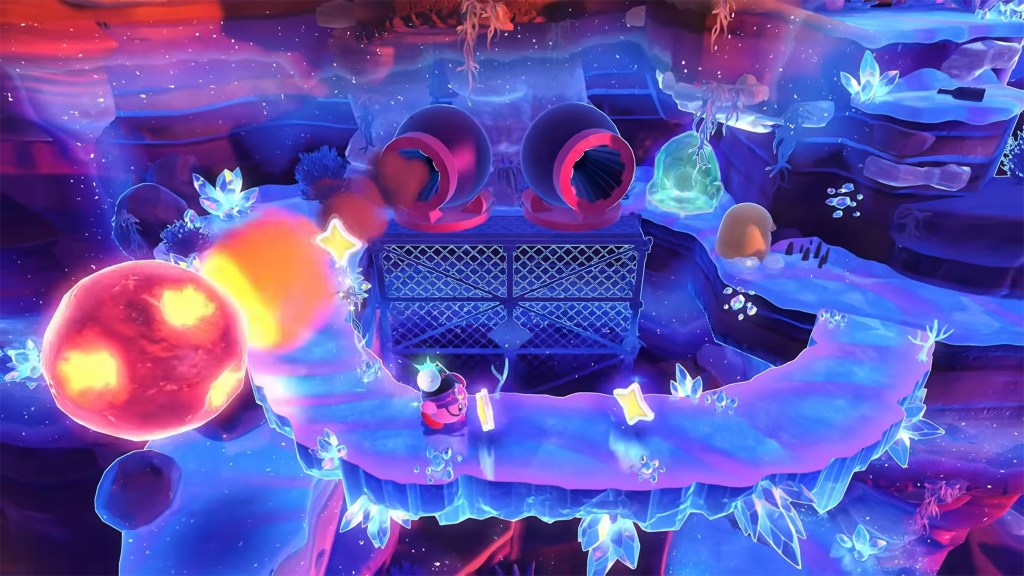
Nintendo is emulating this pack-in approach with the Switch 2 versions of Kirby and the Forgotten Land and Mario Party Jamboree. Forgotten Land is receiving a whole other world to play around in, while Jamboree has a whole suite of new mini-games that are meant to take advantage of the Switch 2’s new features, like the camera and mouse. Even though it’s currently impossible to judge their quality, these upgrades are much more appealing and don’t come off as Nintendo trying to squeeze every nickel and dime out of its players when trying to sell its new (and pricey) system.
A handful of original Switch games are going to get free updates, including ARMS, Super Mario Odyssey, Captain Toad: Treasure Tracker, Super Mario 3D World + Bowser’s Fury, Pokemon Scarlet and Violet, and New Super Mario Bros. U Deluxe, to name a few. It’s unclear exactly how these games will take advantage of the Switch 2 — Nintendo has only noted that the updates “may improve performance or add support for features such as GameShare in select games.”
It’s better than nothing, but it’s vague and, when combined with Nintendo’s whole upgrade approach, still far behind the standards Sony and Microsoft set during their last console launches. Charging for small enhancements for recent games and not offering free upgrades for future titles is a frustrating extra tax on an already expensive system. Breath of the Wild is still beautiful and doesn’t need fancy hardware to look incredible, but Nintendo shouldn’t be trying to tack extra rupees onto a modest upgrade simply because it can.

